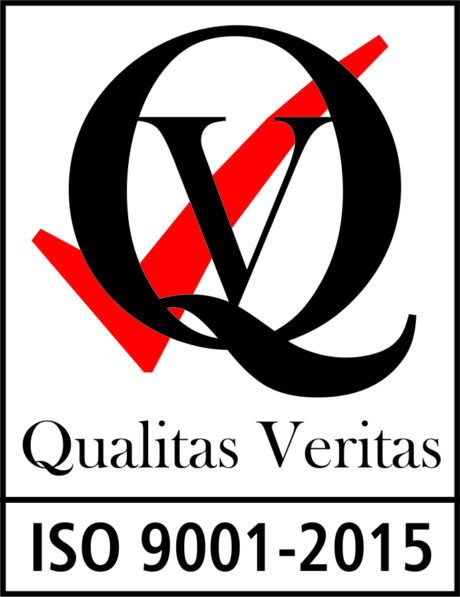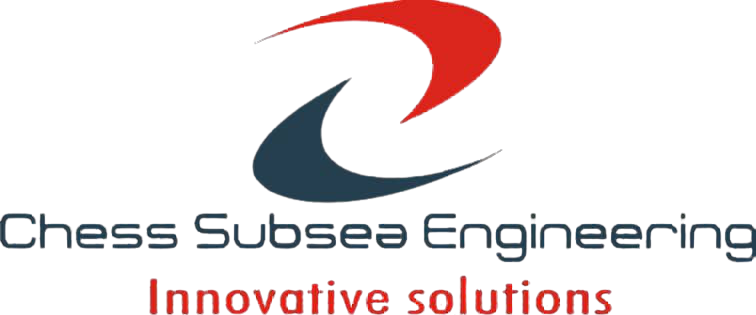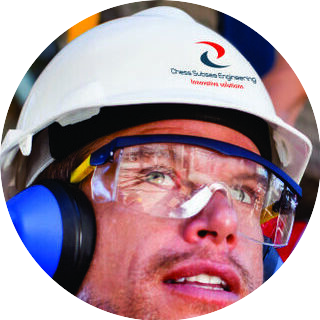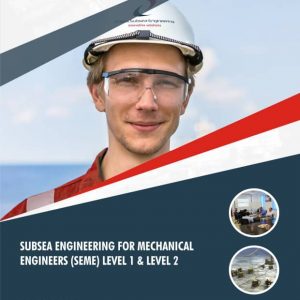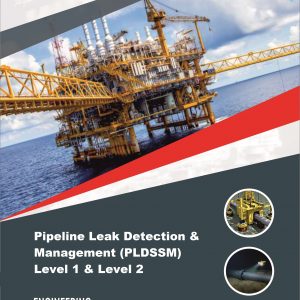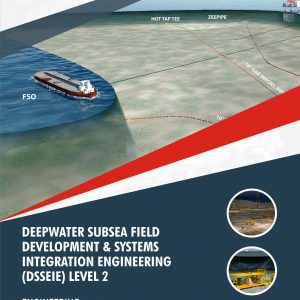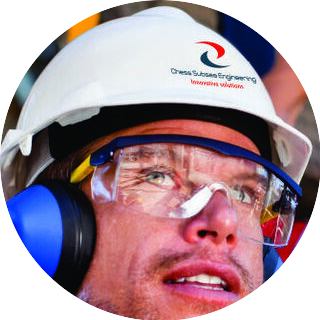Description
The ESCRDO Level 1 course provides comprehensive training on the engineering aspects of subsea catenary riser systems and deepwater operations.
This course covers the fundamental concepts and design principles of catenary risers, including their behavior under various loading conditions, material selection, installation techniques, and integrity management.
Participants will learn about the different components of subsea catenary riser systems, such as buoyancy modules, riser joints, bend stiffeners, and connectors, through theoretical lectures, practical exercises, and case studies.
The Level 1 course focuses on introducing participants to the key considerations and challenges associated with deepwater operations, including riser configuration, hydrodynamic effects, fatigue analysis, and flow assurance.
By the end of the Level 1 course, participants will have a solid foundation in subsea catenary riser engineering, enabling them to contribute effectively to the design, analysis, and operational aspects of deepwater projects.
Engineering of Subsea Catenary Riser & Deepwater Operations (ESCRDO) Level 1 covers; Justification for Steel Catenary Risers (SCR), SCR Design Process Flowchart, SCR Global Configuration, Key SCR Design Issues, Components & Critical Design Areas, SCR Component Design, VIV Suppression: Strakes/Fairings, SCR Touchdown Fatigue, CP Anodes, Inhibitors & Coatings, Insulation / Heating Technology, Riser Concepts – Flow Assurance, Installation Vessels – SCRs, Installation, Schedule, Cost Drivers, Installation Challenges and Vessel Capacity, Procurement & Installation Costs and more
ESCRDO Level 1 is designed to provide detailed knowledge of Engineering of Subsea Catenary Riser & Deepwater Operations and will assist those who are switching or enhancing there career in deep and ultra deepwaters subsea engineering.
Course Outlines
Section 1: Deepwater Riser Concept
Section 2: Top Tensioned & Compliant Riser
Section 3: Hybrid Riser Architecture
Section 4: Deepwater and Harsh Environmental Challenges
Section 5: Riser Solutions for Deepwater and Harsh Environments
Section 6: Steel Catenary Risers Architecture
Section 7: SCR Design Process Flowchart
Section 8: SCR Global Configuration
Section 9: Key SCR Design Issues
Section 10: SCR Design Challenges
Section 11: SCR Installation Challenges
Section 12: Design Codes for Steel Catenary Riser (SCR)
Section 13: SCR WSD Code: API-RP-2RD
Section 14: SCR LRFD Code: DnV-OS-F201
Section 15: SCR Riser Installation and Construction Methods
Section 16: SCR Residual Curvature Method (RCM)
Section 17: SCR Bending Moment and Curvature
Section 18: SCR Residual Strain and Curvature
Section 19: Residual Curvature Application in Reel-Lay
Section 20: Applications of Local Residual Curvature
Section 21: Deepwater SCR Strength Design & Analysis with Conventional Coating
Section 22: SCR Static Analysis and Procedures
Section 23: SCR Dynamic Analysis and Procedures
Section 24: SCR Fatigue Analysis and Procedures
Section 25: SCR Static Analysis Calculation Example
Section 26: SCR Dynamic Analysis Calculation Example
Section 27: SCR Fatigue Analysis Calculation Example
Section 28: SCR Vessel Motion Characteristics
Section 29: SCR Design Verification with API-RP-2RD Example
Section 26: SCR Design Verification with DnV-OS-F201 Example
Section 27: SCR Design Installation Analysis Steps
Section 28: SCR Installation Steps with JSA
Assessment
Participant underpinning knowledge of Engineering of Subsea Catenary Riser & Deepwater Operations will be accessed with short answer multiple-choice questionnaire at the conclusion of the course.
Professional Certificate
Issued directly by Chess Subsea Engineering Europe.
Participant may be presented for Offshore Petroleum Training Organization (OPITO) Certification.
How to Register
Click here to download registeration booklet on msword and email completed booklet to info@chesssubseaengineering.org directly.

